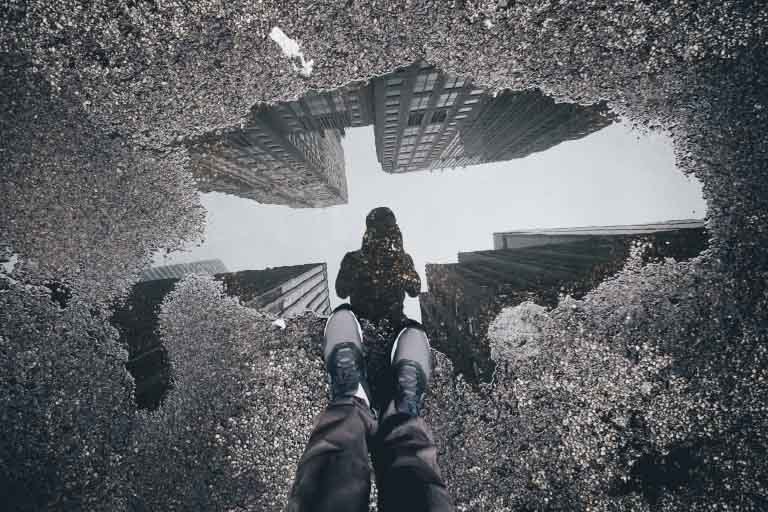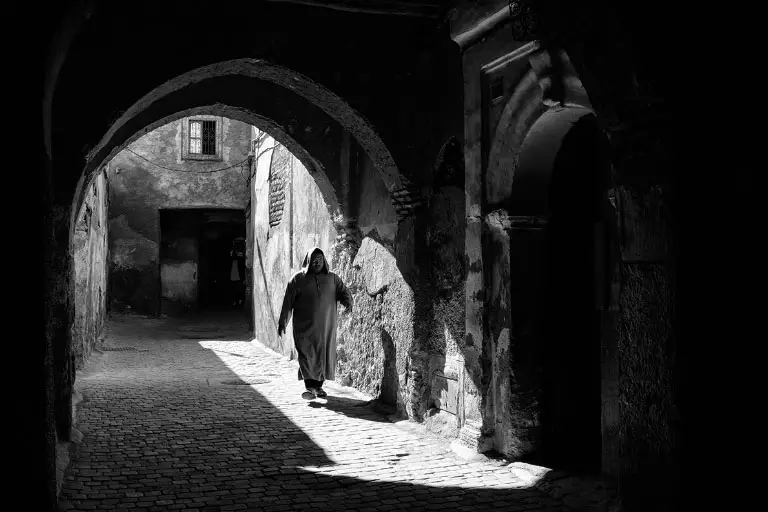

Monochrome Photography Tips and Tricks
Ever since the invention of the modern camera, black and white photography has managed to capture some candid moments of humanity and the natural world.
The art of creating a monochrome photograph goes a little beyond capturing an image in black-and-white.
Artists flock to use monochrome photography to stimulate the visual senses, make use of various technical applications, and take creative liberties.
When creating a monochrome photograph, the photographer is not stressed about capturing an accurate portrayal of the subject. The use of lighting variation is used to highlight the range of tones found in a subject and the composition.
Aside from the use of greys, black, and white, monochrome photography allows for the use of tones in sepia, brown, or cyan.
The look and feel that greyscale posessess, creates unique imagery that leads to picking up on specific subtleties, evoking an emotional response, and allows for abstraction of real-life.
Most photographers today utilize digital cameras to shoot their images, and then make use of editing software to add in tones and make adjustments for enhanced visual interest. If a photographer were to use a traditional film which requires lengthy processing, the use of calotypes, cyanotypes, or toner solutions would be needed to create the desired effect.
To create monochrome photography, photographers can choose to do the following steps.
- Take a color photograph and render it in black-and-white using editing software
- Use black-and-white film or paper to capture the image
- Take a picture where there is a limited amount of hue variants
Monochrome photography has been a fine point of contemporary art and has produced many notable photographers well versed in its application who are worth studying.
The creation of monochrome photographs is unique, not only because of the lack of color, but because the photographer controls how much light the viewer experiences. Monochrome photographs heighten the sense of drama when being viewed, because the tones help craft a story about the subject, or place emphasis on points of interest in a composition.
Upgrade Your Photography Skills With These Tips And Tricks
Once you have mastered the basics of operating your camera, lighting, exposure, and f-stops, it is time to focus on techniques that will enhance your monochrome photographs. In addition to making use of various filters and add-ons via editing software, you can benefit from options available on your digital camera.
Most compact cameras come with the ability to view a monochrome shot in live-view, or to follow up on the photo after it has been captured.
After you have found a subject that strikes your fancy and has a sharp contrast, you can play around with the filters, sharpness, and toning effects on your camera.
It is best to approach your subject with the intention of creating a monochrome photograph that is appealing and grabs the emotions of the viewer. Focus on high contrast, and play up where you want the eye to focus on drawing the viewer into a different world.
Shoot In RAW

Just in case you decide to backpedal out of creating a monochrome photograph, it is helpful to shoot in RAW. Setting up your shot to be executed in RAW plus JPEG will help you better visualize the photo in black-and-white. Consider turning on appropriate filters to help you cement your vision.
Choosing the settings you want for the camera sensors will allow the photographer to preview their shot in black-and-white via the viewfinder or rear screen before shooting.
Chase Contrast In Place Of Color

When you are no longer relying on color to create visual interest, you have to choose for high contrast compositions. Colors like red and green can appear similar in a black-and-white photograph, so find a subject and background that will give you a wide range of tones.
The human eye naturally wants to look at points in a composition where there is intense light or brighter points, which can bring a darker subject into clearer focus. Consider wisely the juxtaposition of the background or subject to show the eye where to give more attention in a photograph.
Placing a figure wearing dark clothing in a brightly lit space will highlight specific features. With monochrome photographs, the background is as important as the foreground. Black-and-white photography forces the eye to take greater notice of textures and patterns.
When using light, don’t shy away from using shadows to get your point across. Unless you like the look of your subject in flat light, you can use shadows to exaggerate size, add a feeling of severity, or play up the contrast in a photo. Shadows are a softer form of using black spaces to draw the eye away from something in your composition, so it focuses on contrasting brighter points.
Include Patterns, Texture, And Shape In Your Composition
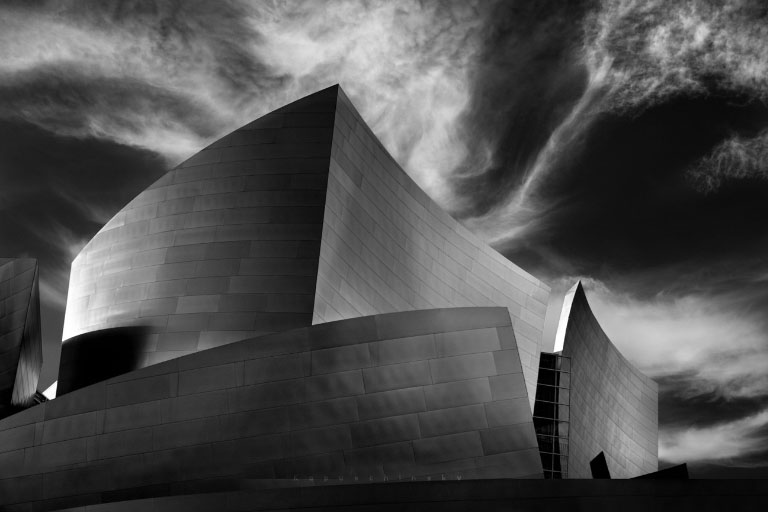
When an image is devoid of color, the viewer is left to figure out where their eye needs to focus. Besides seeking out tonal contrasts, the human eye is apt to look for patterns, shapes, lines, and textures to capture their attention.
Use patterns and line to show the eye where to move throughout a composition, or to create emphasis. The background is just as important as the foreground when highlights or shadows display shapes and textures worth noticing.
Light Play And Filters
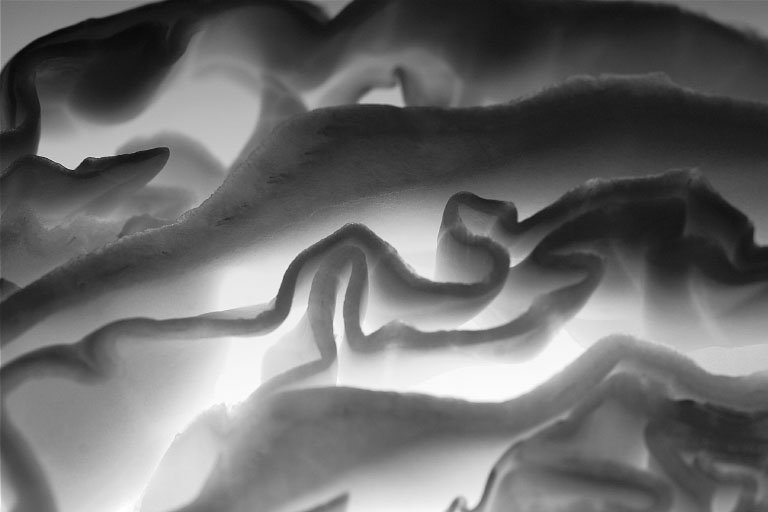
Compared to color photography, monochrome photographs let you play around with light to construct a powerful image. Thankfully, both blue and yellow light may appear white in a monochrome shoot, so you don’t have to worry so much about mixing colors.
Depending if you use specific filters or avoid them, the color and intensity of your light are less likely to ruin an excellent black-and-white shot.
Just because you are shooting without the use of color, doesn’t mean you cannot still use color filters for your photography. Digital filters can be used post-production during editing. However, there is something magical about implementing color filters in red, yellow, or green for black-and-white photography.
Color filters are a great way to create richer greys or lighten up certain points in your photo for contrast. Don’t forget to experiment with using neutral filters and polarizing filters too.
Neutral density filters and polarizing filters are helpful for creating the following effects in your shot.
- If you are looking to reduce reflected light to boost your contrast choose a polarizing filter
- Taking multiple shots with different filters can create an excellent composite photograph
- Capturing details in a bright background while using a long exposure calls for a neutral density filter
Manipulation of your photo does not solely have to rely on digital filters or editing software.
Exposure Settings
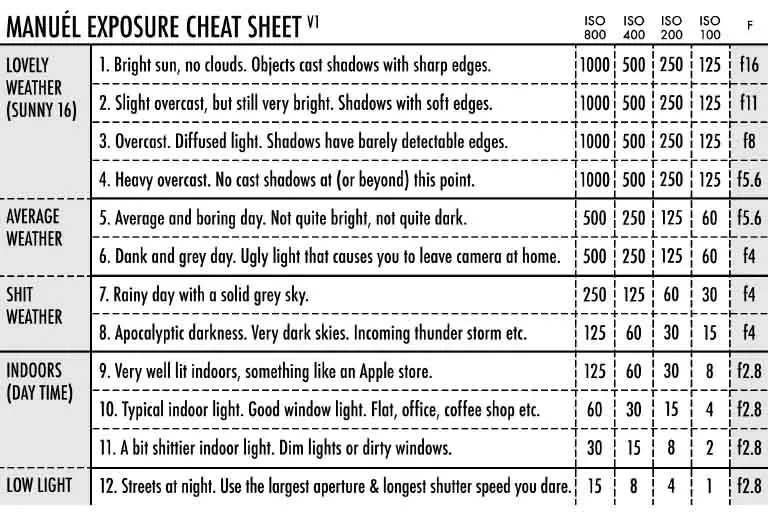
To turn up the contrast in a composition, feel free to set your exposure according to the brighter areas of a shot.
You can create a natural blur, or draw the eye with more movement by using a longer exposure. Great subject matter for monochrome photography includes moving clouds or water while using a long exposure.
Both blur and captured highlights using a long exposure can enhance tonal contrasts in a photo. It is best to use a remote release and set your camera up with a tripod for best results.
Prioritize Your Shot
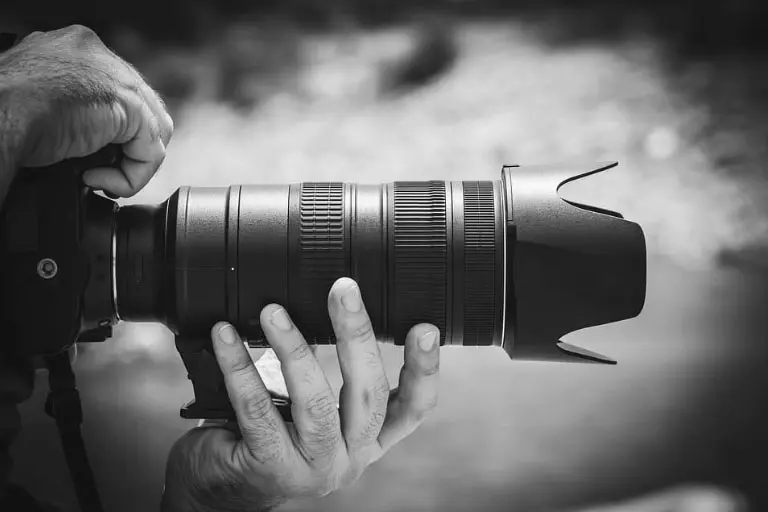
Solely using greyscale and shooting in black-and-white for the drama, without considering the emotions you may trigger based on your subject and composition will provide half-done results. Take the time to look over your composition carefully before you shoot.
Consider well how various highlights, shadows, and bright points will emphasize certain qualities of your subject to create a mood. Do not neglect how your background will play a role for the world you are creating for the viewer.
When color is absent from a photo, the eye will decide on how to feel about the subject based on the placement, in contrast to the rest of your composition.
How you compose a shot, what points of interest you choose to highlight or neglect will help your viewer construct a story.
Dodge And Burning For Digital Photos
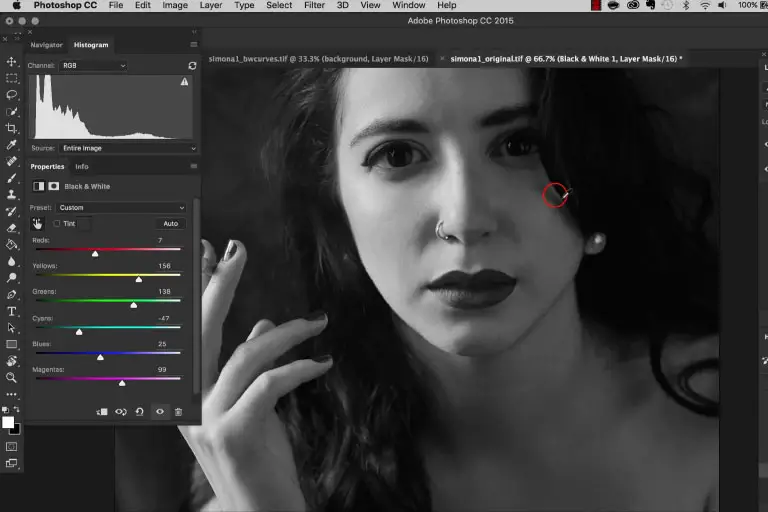
If you were using traditional film or paper to create a monochrome photography, you would most likely make use of the darkroom to darken highlights or brighten up areas where there are shadows.
When you are taking a black-and-white photograph and wish to enhance tonal contrasts, you can utilize the dodge and burn tool offered by Photoshop during editing. Since the digital photo editing tools have opacity, you can gradually build up the effect you seek.
The dodge and burn tool gives you control over your photograph to enhance shadows, texture, highlights, or adjust mid-tones in a composition.
A Beautiful Medium
Monochrome photographs make use of black-and-white photography in an elevated form. Beyond being a photo that does not lean on color to make a visual impact, monochrome photographs require the manipulation of light, shadow, and extracting mid-tones to peak a viewer’s interest.
What the photographer wants to say about their subject, how they want the viewer to feel, and artistic license is fully realized in a sophisticated form using monochrome.
Share:


